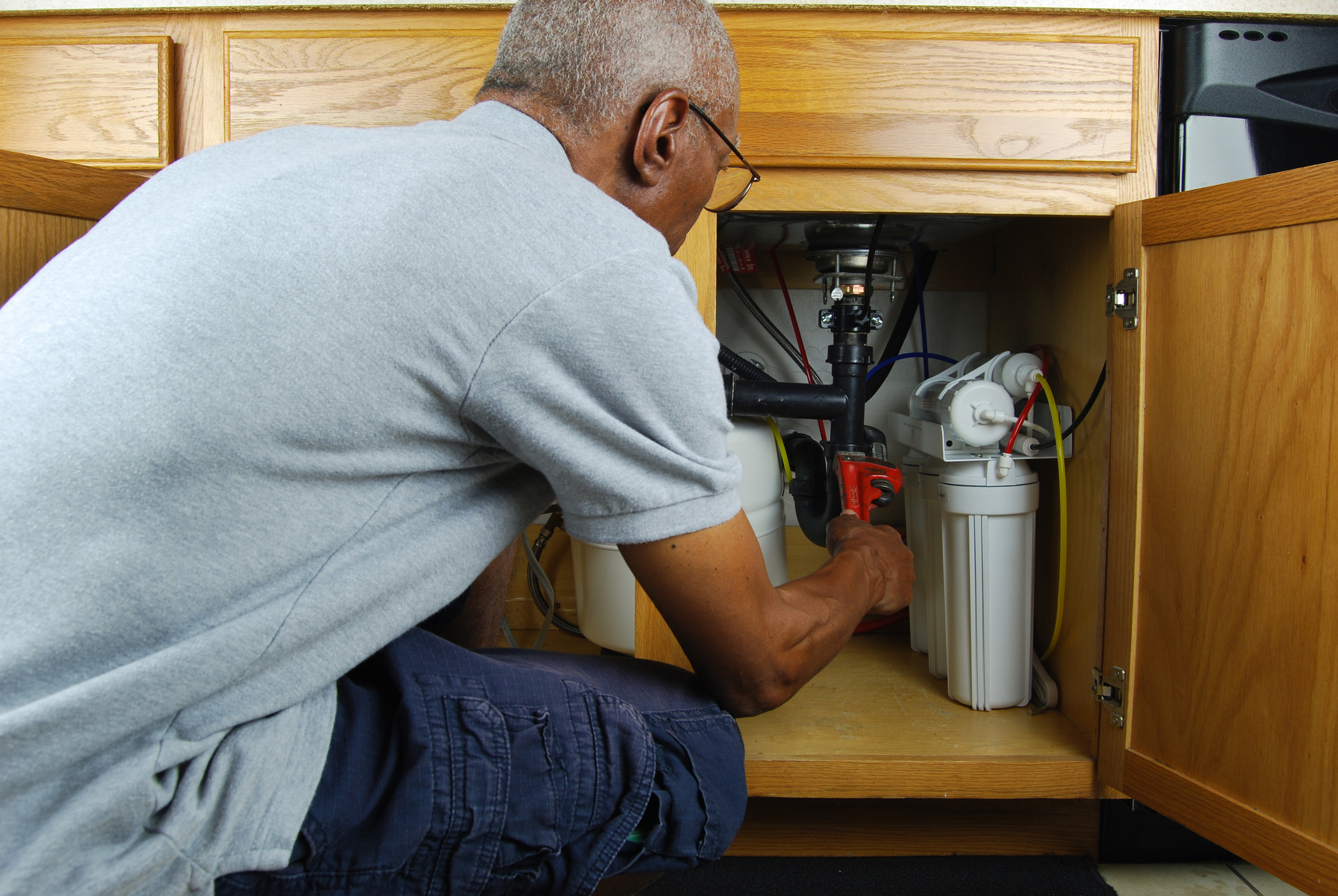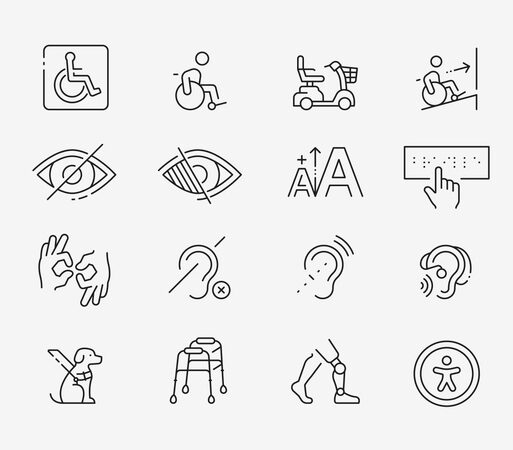Spring has sprung and with it, a long honey-do-list for homeowners. But older adults and caregivers for seniors may want to adjust their priorities for household chores, beginning first with issues that could make living at home unsafe.
While weeding, planting and mulching may give a home more curb appeal, neglecting to make repairs on uneven sidewalks and driveways or failing to install handrails on stairs can be more important to allow elderly people to age in place safely.
Tidying up inside the home is a big job for some folks who like to hold on to things, sometimes long past their usefulness, but it’s an important one. According to the Centers for Disease Control and Prevention, 2.8 million older people are treated in emergency rooms each years for fall injuries. Falls can cause head injuries or hip fractures and often result in a loss of function and independence. More than 27,000 American seniors died as a result of falls in 2014.
To help keep older loved ones safer at home, try making a punch list of important tasks to accomplish before getting on to more cosmetic issues. Here are a few ideas to get you started:
- Repair broken or uneven steps
- Repair any loose flooring or carpeting
- Move necessities; clothing, dishes, food, medications etc. within easy reach
- Remove clutter or throw rugs that could pose a tripping hazard
- Add grab bars in bathrooms beside the shower and next to the toilet
- Add railings on both sides of stairs
- Repair any broken light fixtures and replace bulbs to keep home well lit
- Replace flashlights batteries and keep handy for power outages
- Replace smoke detectors and fire extinguishers regularly
- Repair any leaks that could leave floors slippery
By making sure clutter and cords are removed from walkways and halls and living spaces are brightly lit and easy for a senior to move through, many falls can be prevented. If coffee tables or other unnecessary furniture get in the way of a senior who uses an assistive device like a walker or cane, remove them from the room. Magazine racks, low tables or planters can also pose a tripping hazard in high-traffic areas.
For more information about keeping home a safer place for older adults, visit the Mayo Clinic website by following this link.







Add Your Voice
0 Comments
Join the Discussion